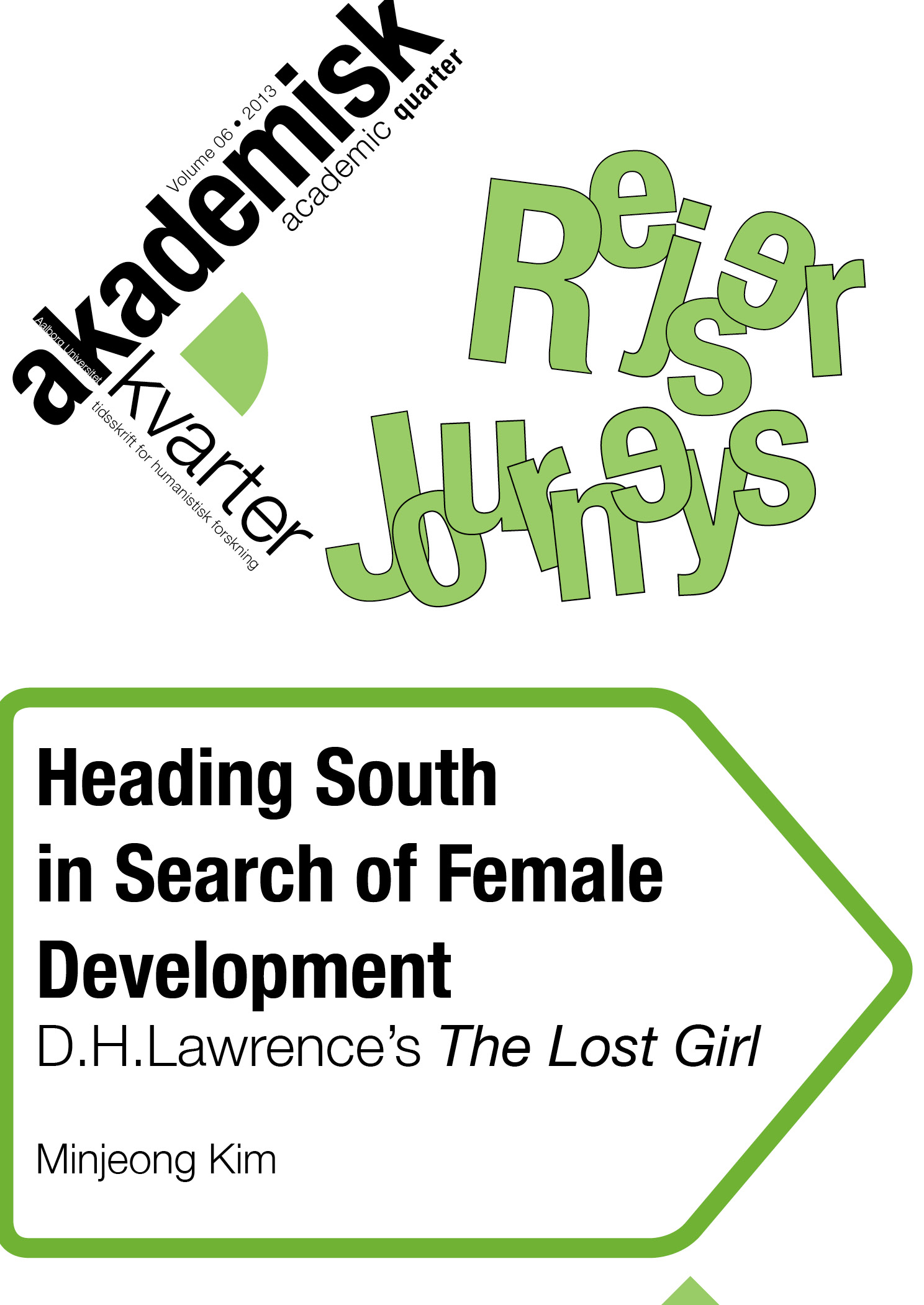Abstract | Abstract
In this essay, Minjeong Kim examines the ways in which D.H. Lawrence’s 1920 novel The Lost Girl describes its female protagonist Alvina Houghton’s journey to southern Italy. This novel introduces the motif of journey as part of the female Bildungsroman structure. Alvina travels to Pescocalascio, repudiating the patriarchal restrictions in her parochial British hometown of Woodhouse and pursuing development outside home. But the colonial fear and anxiety about what lies outside European civilization inform the narrative view of the untrod¬den southern Italian town of Pescocalascio. Where European civilization begins to fade out and sinister primitivism opens its jaw, our female protagonist becomes lost. Hence the representation of Italian primitivism in the novel frustrates Alvina’s pursuit of development, but the foreign landscape and the presence of the colonial Other within Lawrence’s text disrupt the Bildungsroman’s self-contained, teleological structure.
